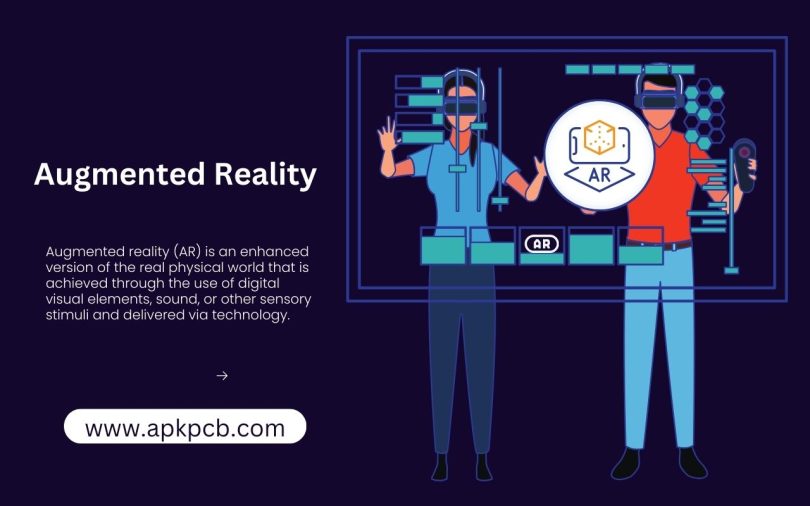Augmented reality (AR) offers a rich tapestry of immersive experiences by seamlessly fusing the digital and the physical. Real-time interaction, accurate 3D registration, and the smooth blending of the virtual and physical worlds are the hallmarks of augmented reality (AR), a revolutionary force in technology. Its development from early 1990s entertainment-focused applications to its broad commercial integration in communications, education, and healthcare represents a significant change in our relationship with the outside world.
By navigating the complex jargon of extended and mixed reality, augmented reality (AR) has emerged as a key player in the merging of the digital and physical worlds. Its influence on education goes beyond advances in technology; dynamic applications such as markerless augmented reality techniques are changing the face of education.
New developments in technology, such as improved computer vision and the smooth incorporation of AR cameras into smartphones, enable users to interact with digitally modified information in an organic way, adding an engaging virtual element to reality. AR creates a dynamic bridge between the digital and physical worlds by superimposing dynamic information on real and virtual environments. This redefines our understanding of reality. Beyond useful uses, augmented reality (AR) creates new opportunities for the gathering and sharing of implicit knowledge, creating pathways for immersive educational experiences.
AR has shown to be a valuable tool in the healthcare industry for surgical training, providing a realistic environment for medical practitioners to perform procedures. This helps to improve patient outcomes in addition to improving their skills. AR has also found use in the fields of architecture and design, where experts can now visualize and alter virtual aspects in actual environments, transforming the creative process. In the automotive sector, augmented reality (AR) improves the driving experience by putting safety alerts, navigational assistance, and real-time information right in the driver’s line of sight.
The impact of augmented reality (AR) extends to the manufacturing industry, where it improves workflows by offering real-time assembly instructions, lowering errors, and raising output levels. Additionally, by permitting virtual try-ons, augmented reality has completely changed the way people shop in retail by letting them see things in real-world settings before deciding what to buy. The potential influence of augmented reality (AR) technology is growing as it develops, offering novel solutions and life-changing experiences in a variety of sectors.
AR in education promotes group learning by enabling more engaging interactions between students and virtual models, simulations, and instructional materials. By offering interactive guided tours that enhance the discovery of historical places and landmarks, augmented reality (AR) improves the tourism sector. With apps that depict environmental changes and support sustainability programs, augmented reality is also advancing environmental awareness.
The integration of augmented reality (AR) with artificial intelligence (AI) enhances its potential by facilitating more intelligent and contextually aware interactions. For example, real-time language translation can be provided by AI-enabled smart glasses that are driven by augmented reality, improving communication in multicultural environments. These advancements highlight augmented reality’s potential to transform entire sectors, produce fresh user experiences, and pave the way for a time when the smooth blending of digital and real-world realities will be a common occurrence.








